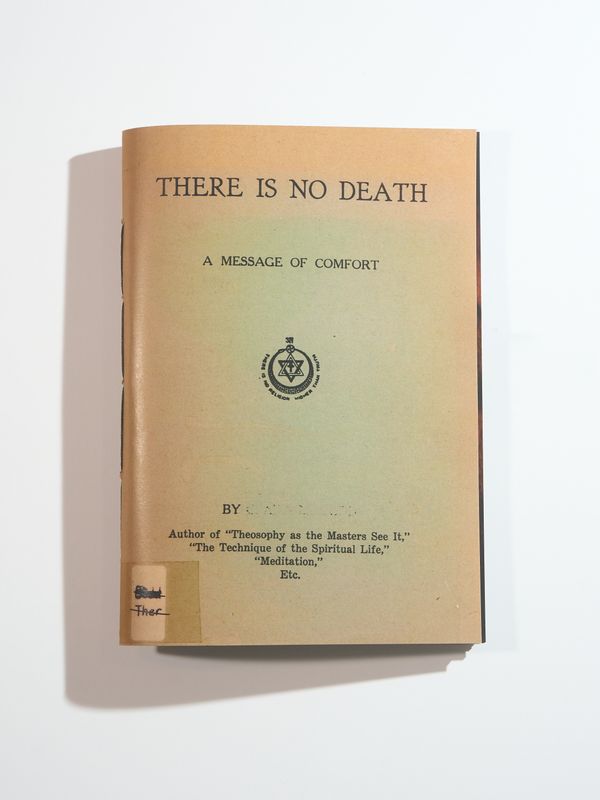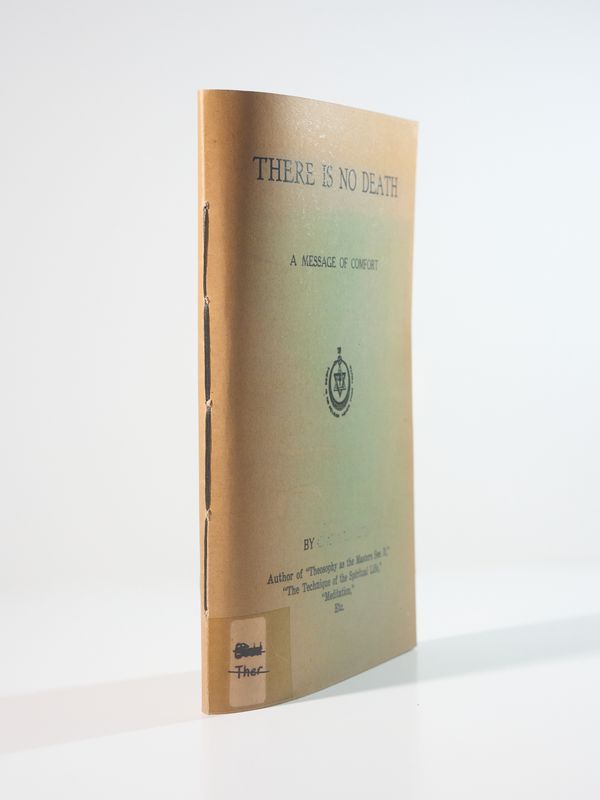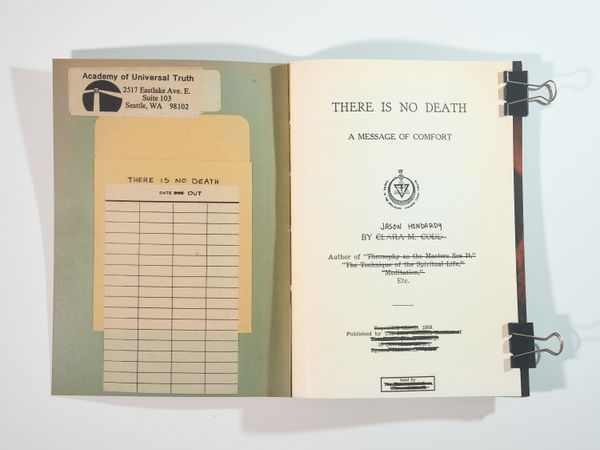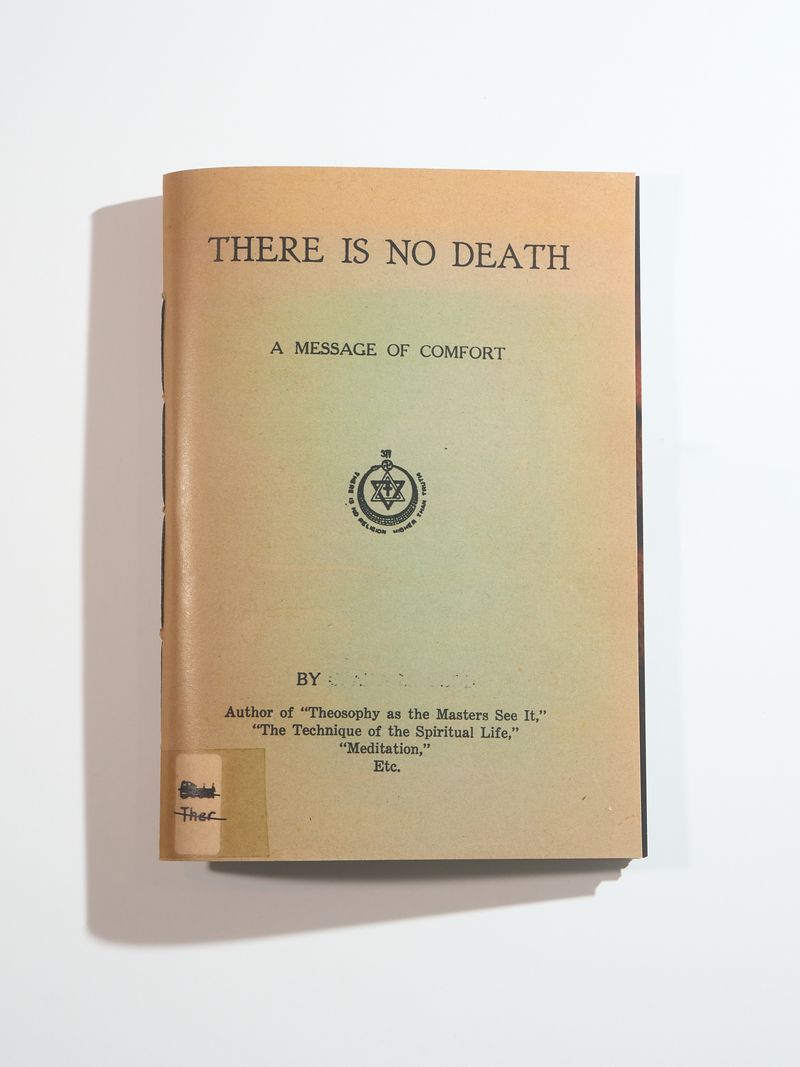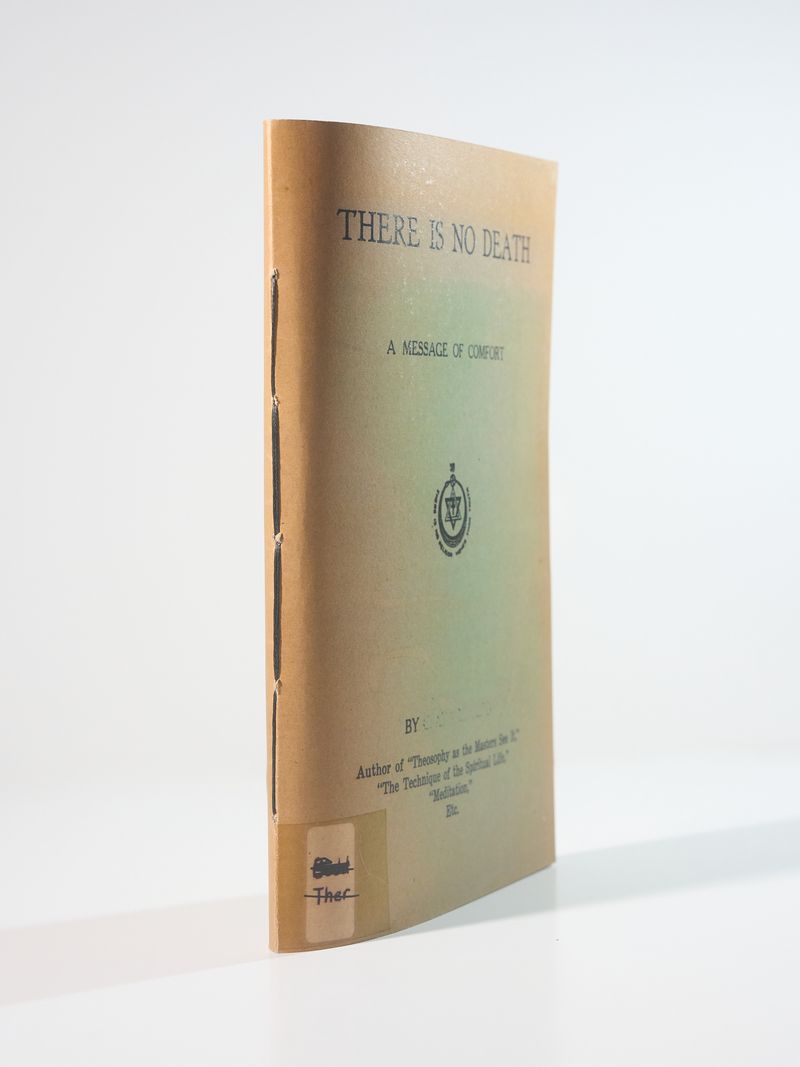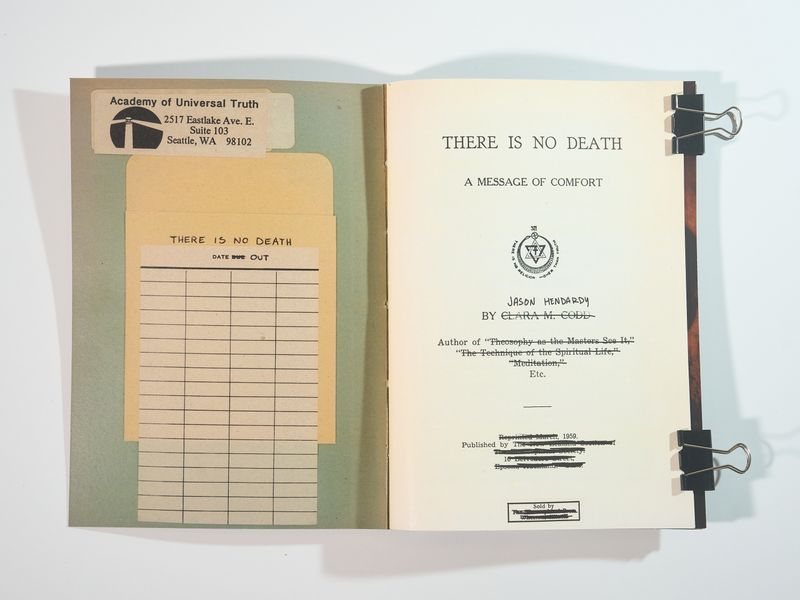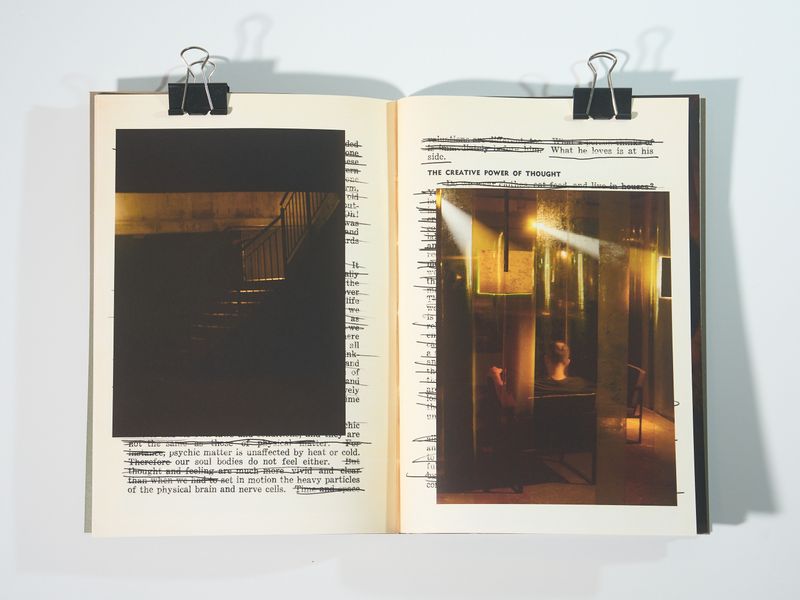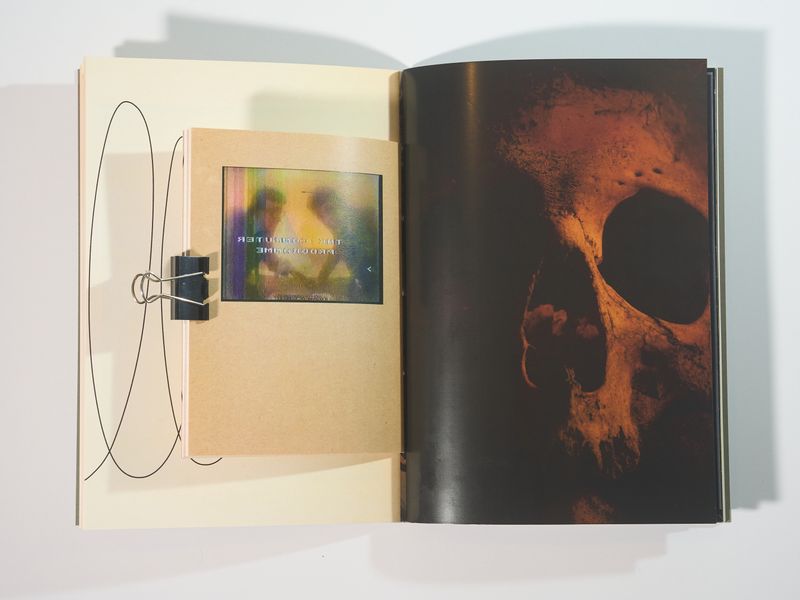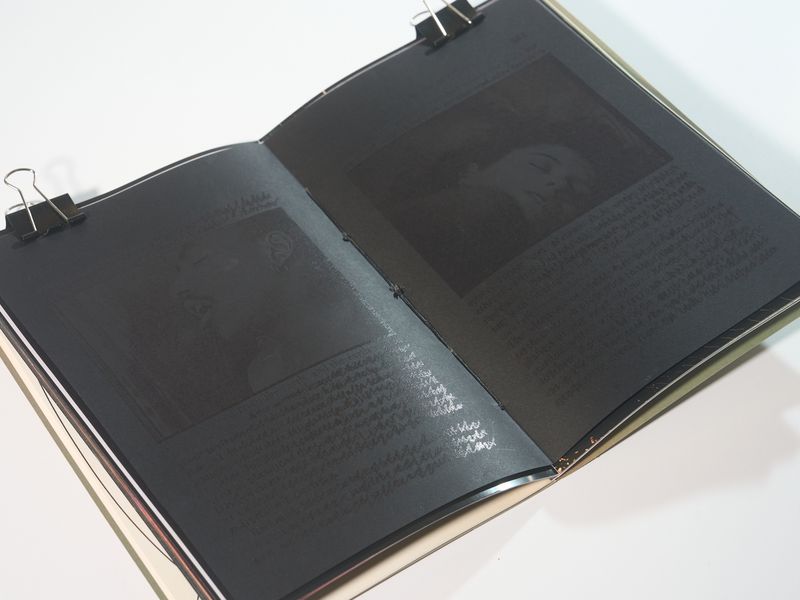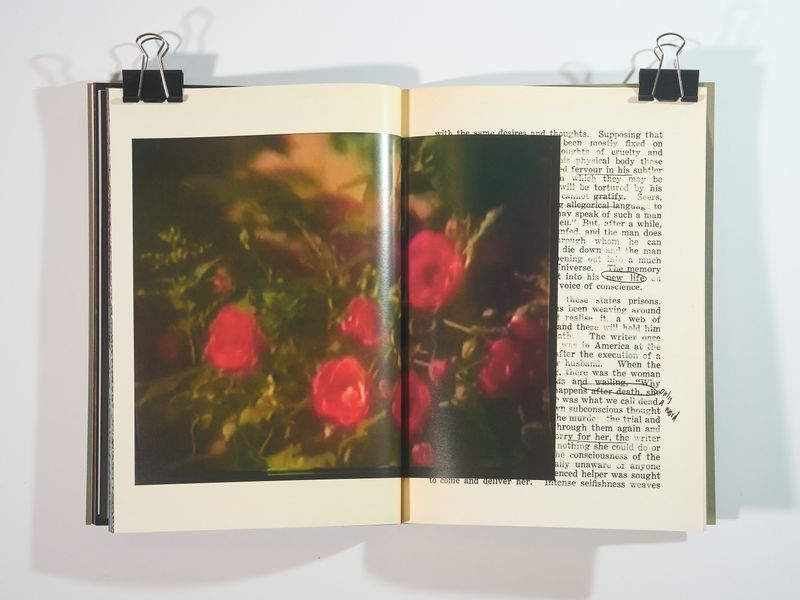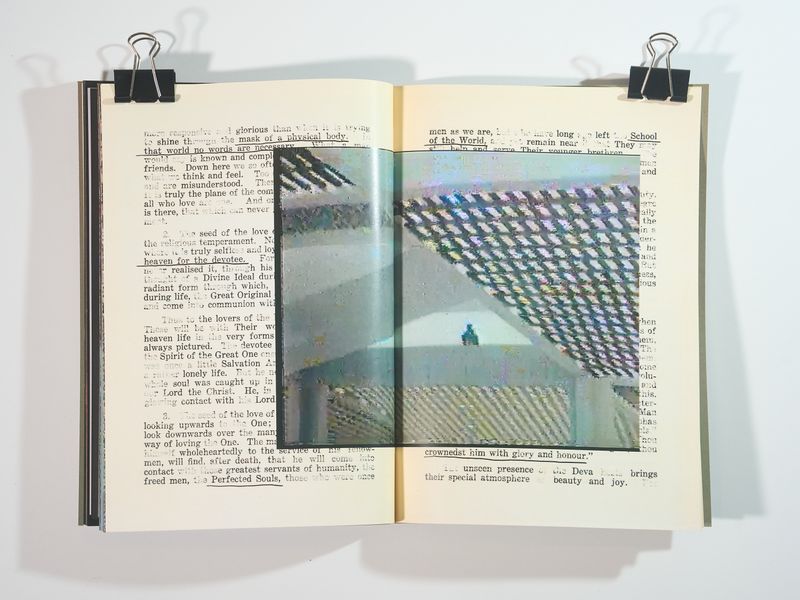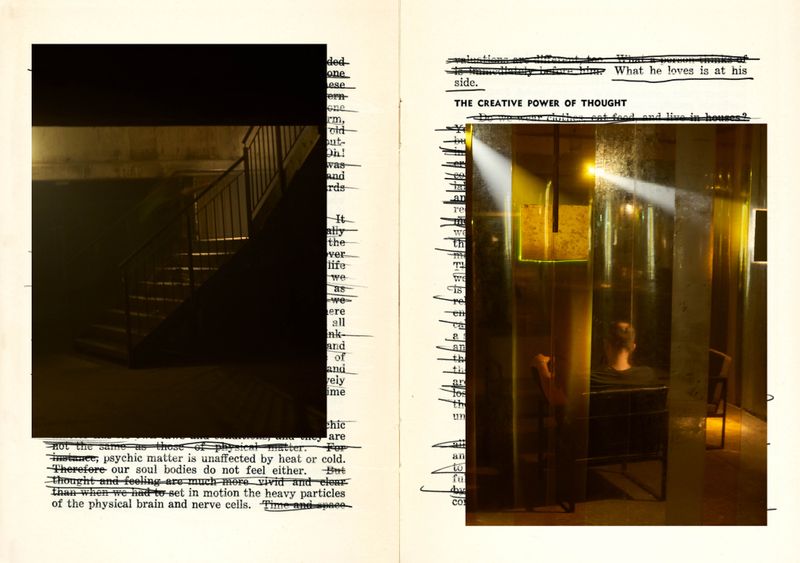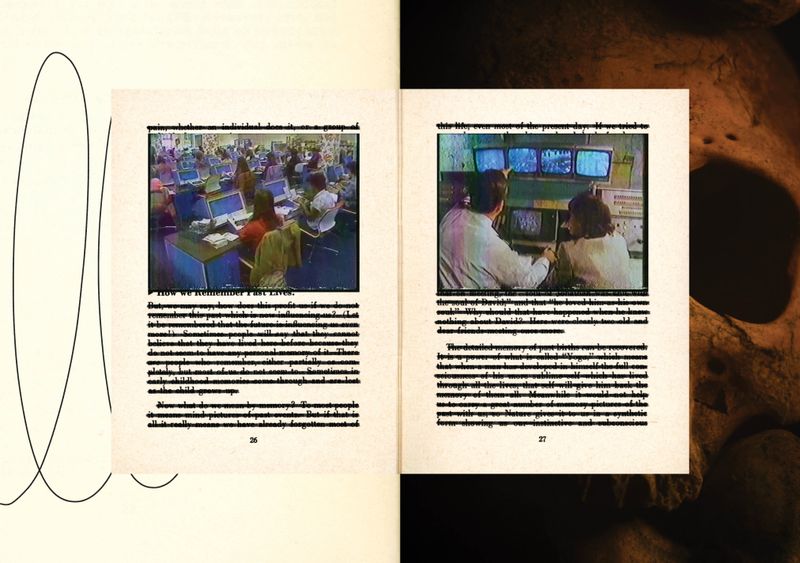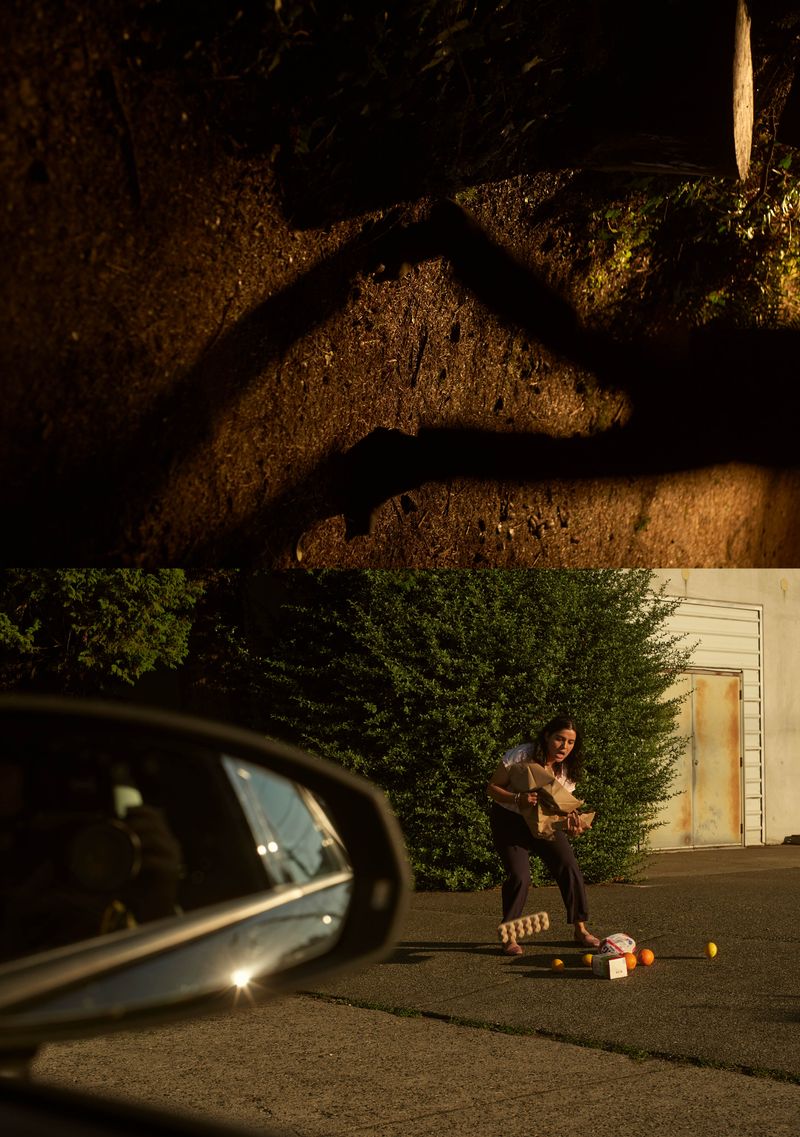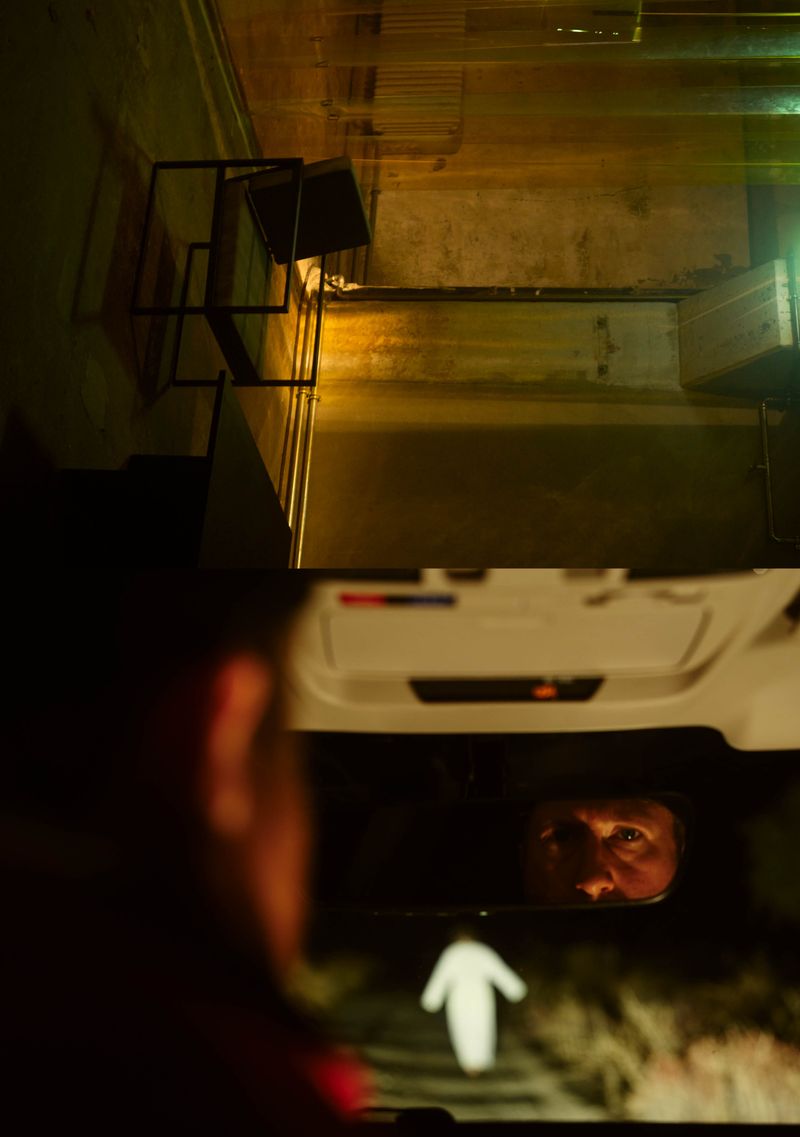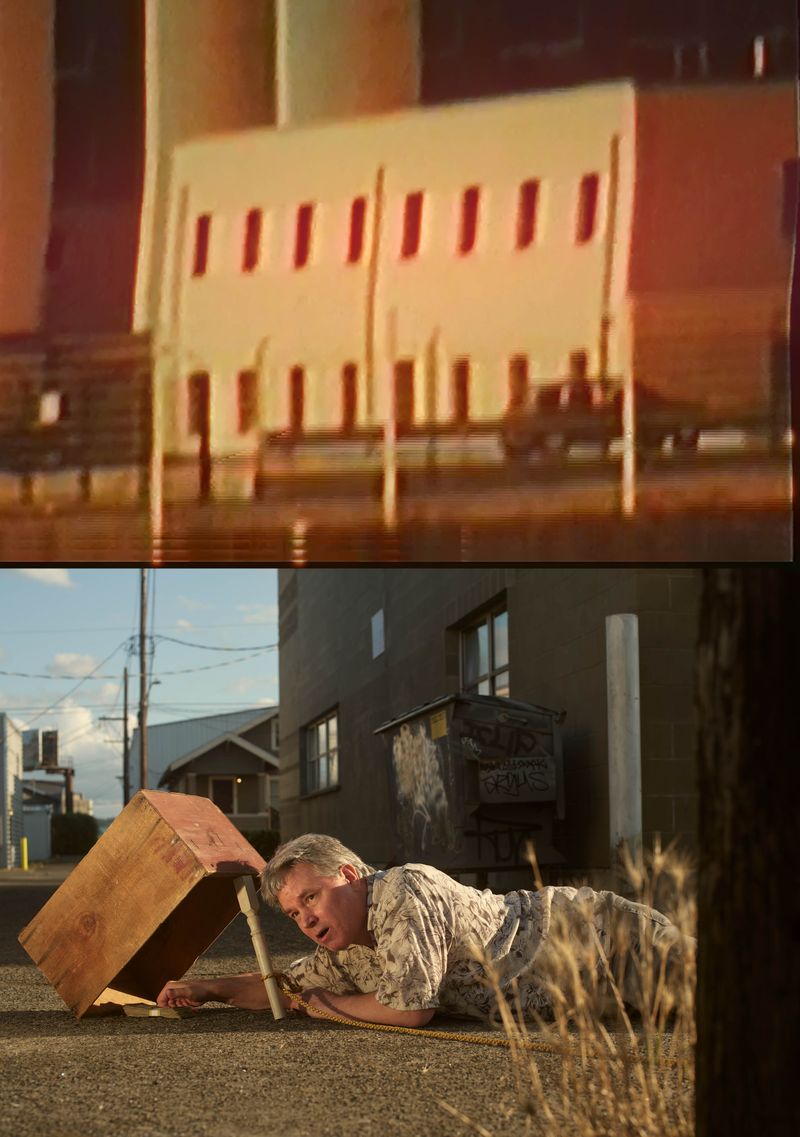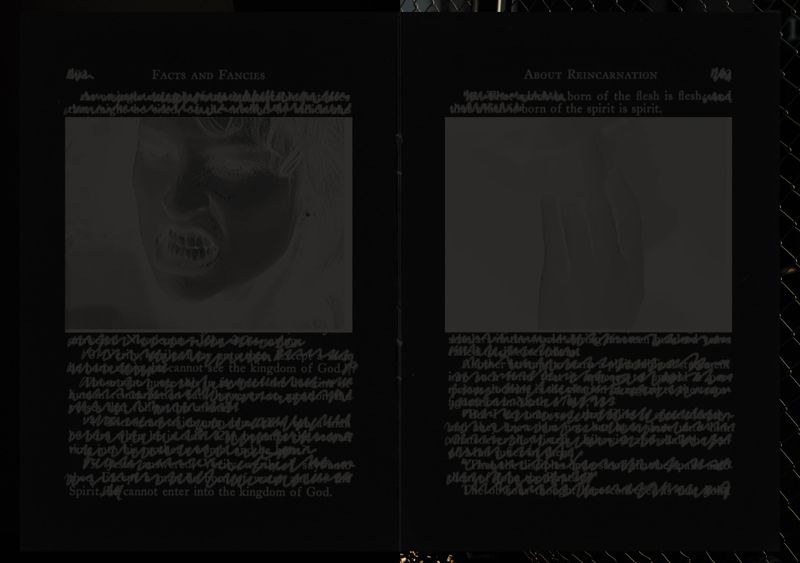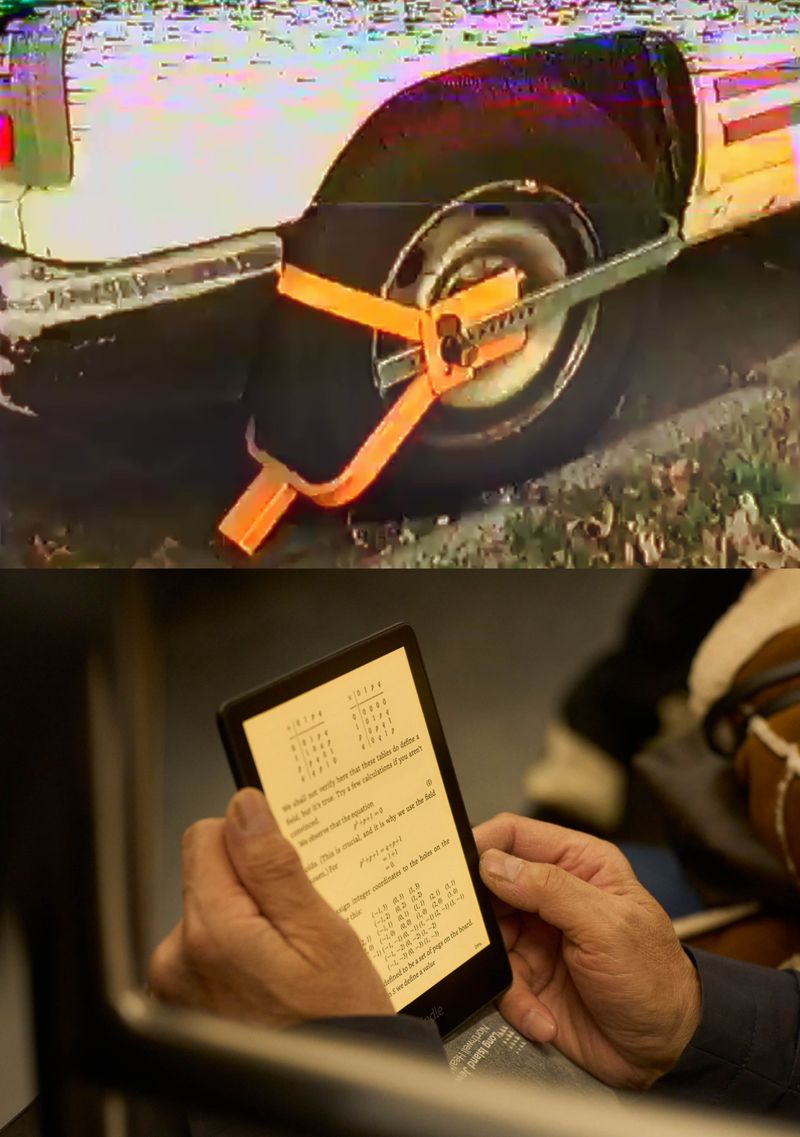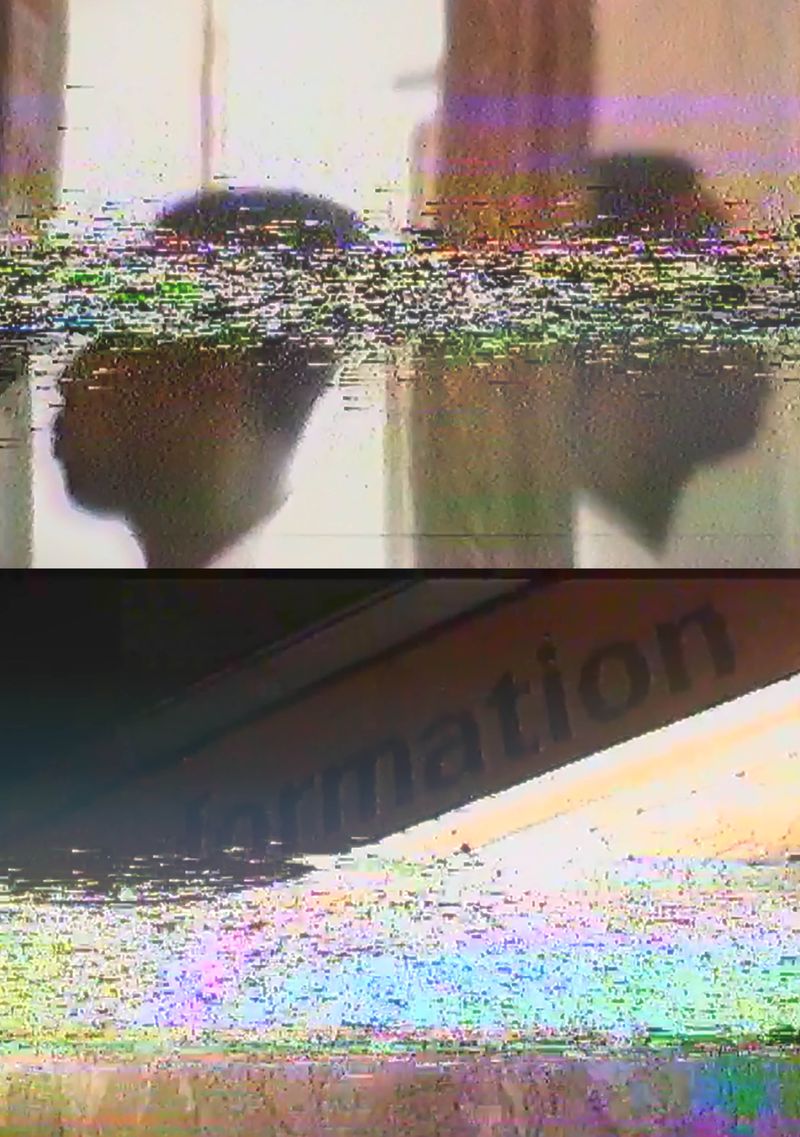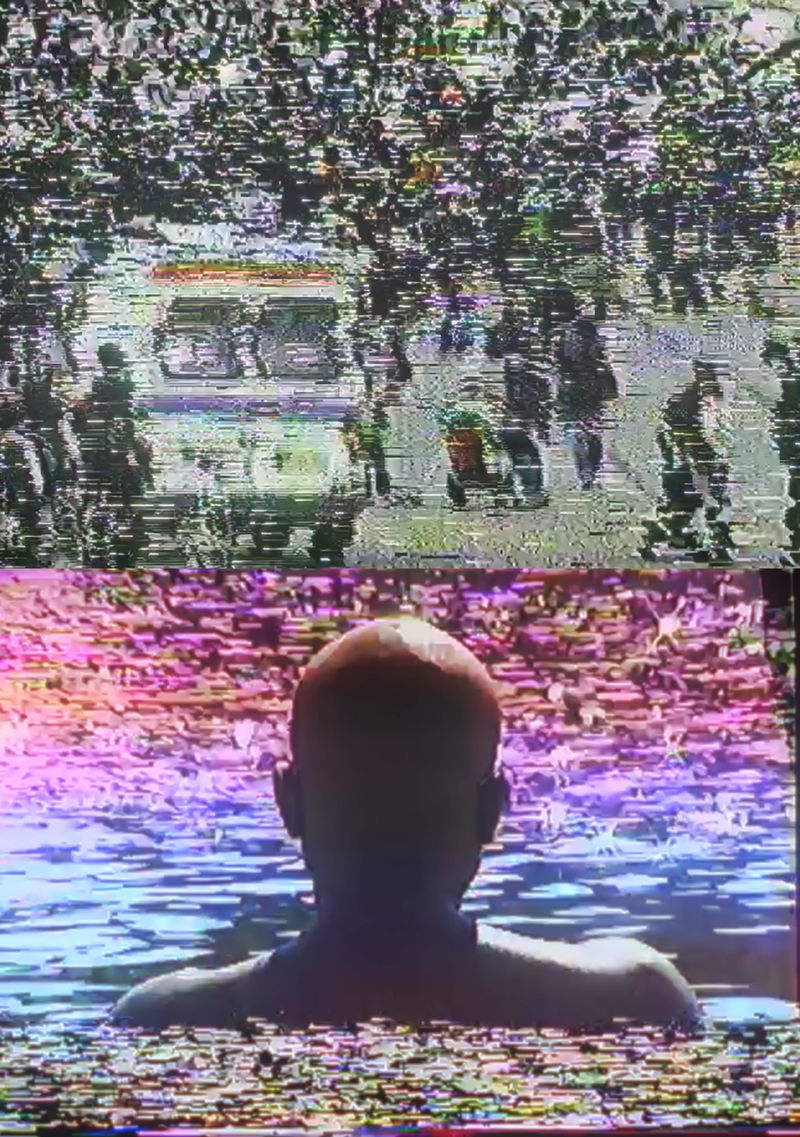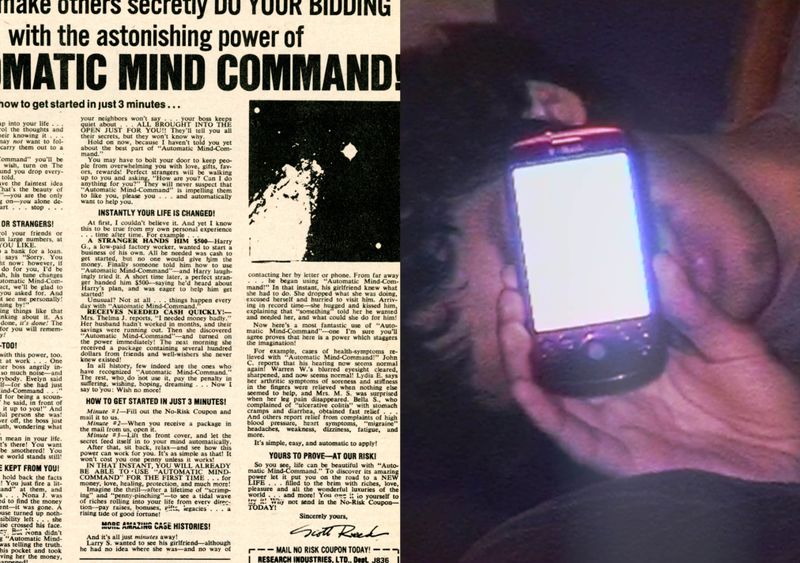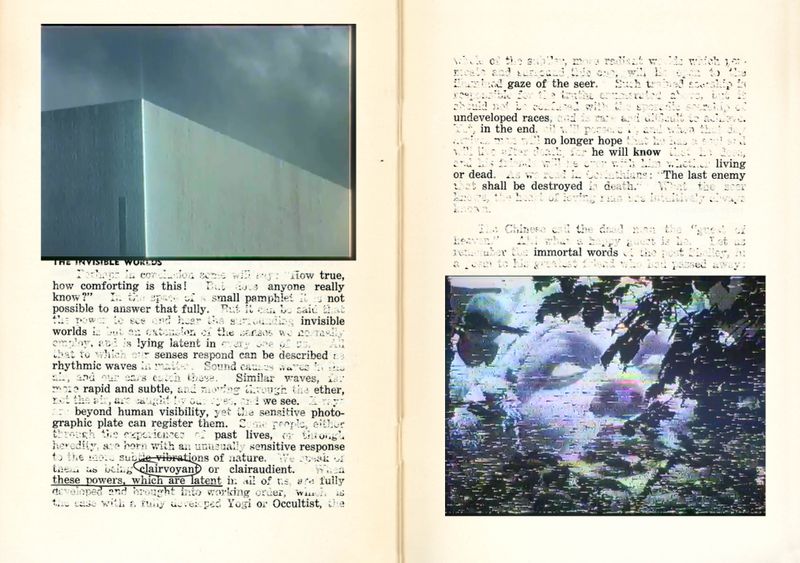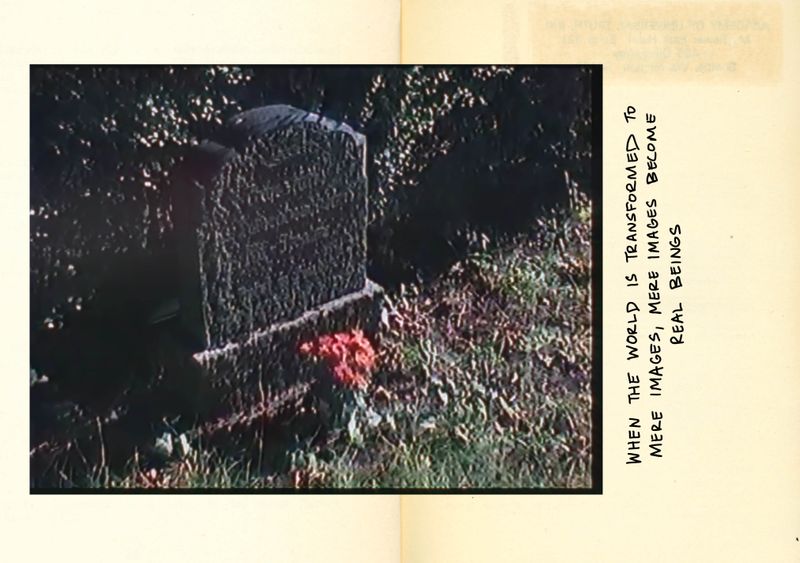There Is No Death by Jason Hendardy
-
Dates2023 - Ongoing
-
Author
- Location Seattle, United States
-
Recognition
There Is No Death is a photobook critiquing belief systems—spiritual and political—by mimicking Theosophy’s methods of appropriation. Through layered images and nested books, it explores how conviction distorts meaning, perception, and historical truth.
There Is No Death looks at the process of seeking meaning within new age spirituality and religion, examining how that search can open people up to misinformation. Anchored in a critical reading of Theosophy—a movement founded in 1875 that blends esoteric ideas from multiple religions—the project interrogates how belief systems are constructed through appropriation, abstraction, and symbolic conflation. Theosophy's claims of hidden masters, cosmic cycles, and divine communication invite both curiosity and skepticism, especially given its legacy of appropriating concepts out of context—a gesture mirrored in this book’s own appropriation of forms and its facsimile structure, which mimics the way Theosophy assembles borrowed beliefs into a unified system.
Helena Blavatsky, Theosophy’s co-founder, was accused of fraud, yet her teachings influenced figures like Piet Mondrian, George Lucas, and Rudolf Steiner. This tension between deception and devotion is central to the work, and extends beyond religion—speaking to how both spiritual and political ideologies can obscure their origins while presenting themselves as universal truths.
The book combines contemporary photography, Hi8 video stills, and VHS footage to mirror the layered, mediated way spiritual and political ideas circulate. Structured in three sections—learning, death, belief—it transitions from clarity to abstraction, reflecting how deepening conviction often narrows perception. Two additional books are nested within the main volume: one is a redacted reinterpretation of Clara Codd’s The Mystery of Life and How Theosophy Answers It, layered with stills from tantra videos; the other reimagines Astrological Signatures, printed in negative with fragments of astrological text and portrait stills from vintage adult films.
The visual strategies—rephotographing, redaction, lo-fi textures—convey how meaning is filtered, degraded, and reassembled over time. At points, the viewer must physically turn the book to read sideways photographs, an intentional disruption that mimics the mental act of making sense—mirroring how belief, spiritual or political, often requires reframing contradictory information into something coherent. The shifting orientations and nested volumes physically enact the seductive disorientation of falling into a belief system, making the book not just a critique, but a sensory echo of belief itself.
